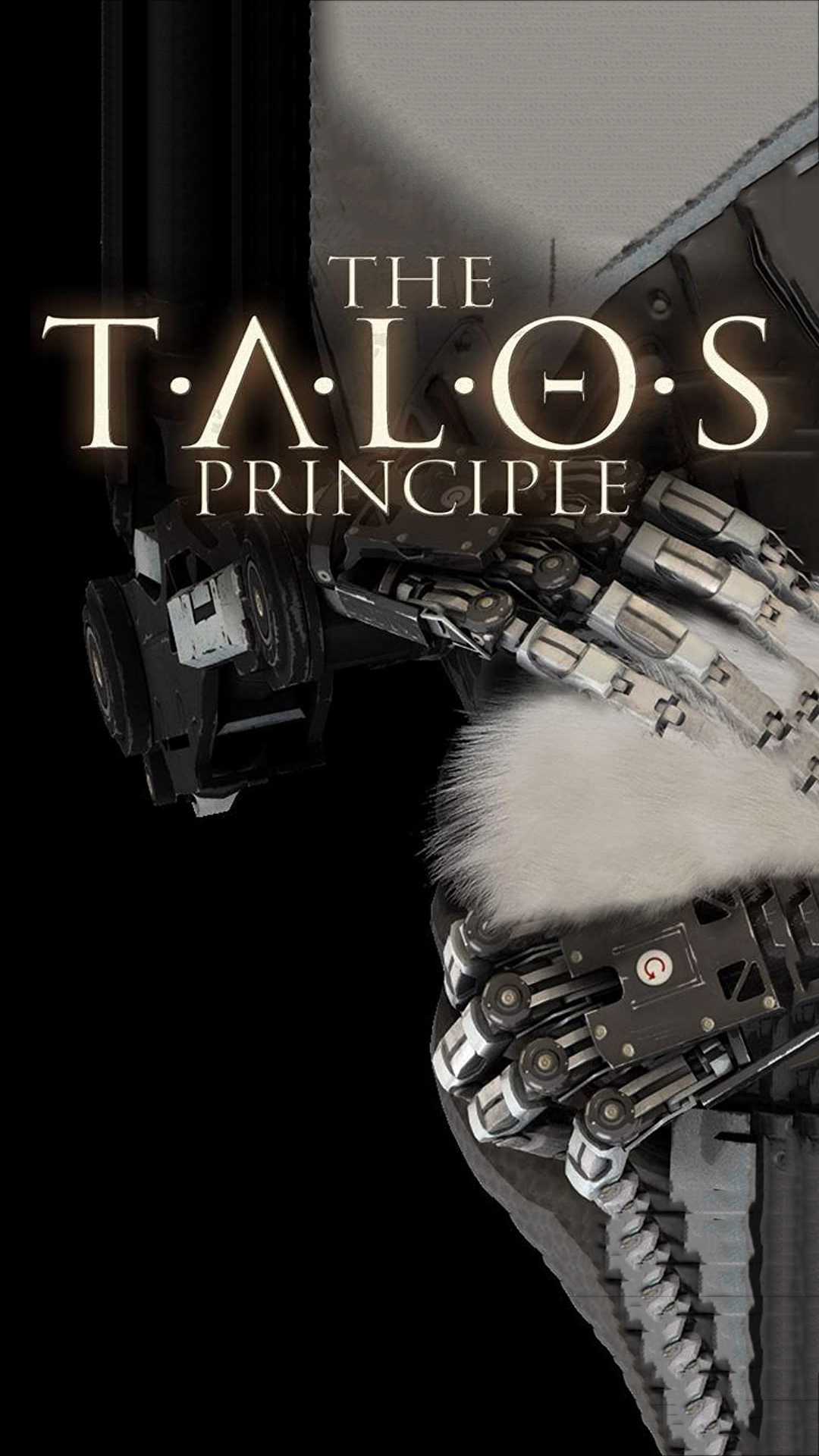
And then it’s going to be switches and lasers in one puzzle, and then that puzzle will probably turn out to be just a part of a bigger puzzle. If there were two laser nodes to connect, in further levels it’s going to be ten. If there was a switch to press, in five hours it’s going to be ten. When, after a few hours, I got new toys to play with I understood that what awaits me now is basically increasingly complex and elaborate puzzles. Talos goes fairly old school in that department. It didn’t have “from easy to hell” curve. However, what gun and under what conditions and for what purpose is constantly shifting.

The game is about nothing else but firing your gun. But the game keeps on feeling fresh and challenging due to the third type of challenge I described above: the need to adapt to new conditions. The fifth hour is no different to the second hour when it comes to the difficulty or the complexity. Take a look at Modern Warfare, the template for all Call of Duty games from the last few years. But most games somehow believe that cranking up difficulty and complexity every hour of the game is the way to go. Yes, a little bit of the increase is a good thing. Personally, I very much dislike the first two.

you fight enemies with an assault rifle but then you get it replaced with a silenced pistol or a sniper rifle). The final one is forcing the players to adapt to a new challenge (e.g. initially you fight grunts on a flat surface, and later you fight grunts, snipers and grenadiers inside a multi-level fortress). enemies start wearing armor and you need to spend more bullets on them). Usually we can have three types of challenge for the player. What did not work for me were two things.įirst, the way the challenge is served.


 0 kommentar(er)
0 kommentar(er)
